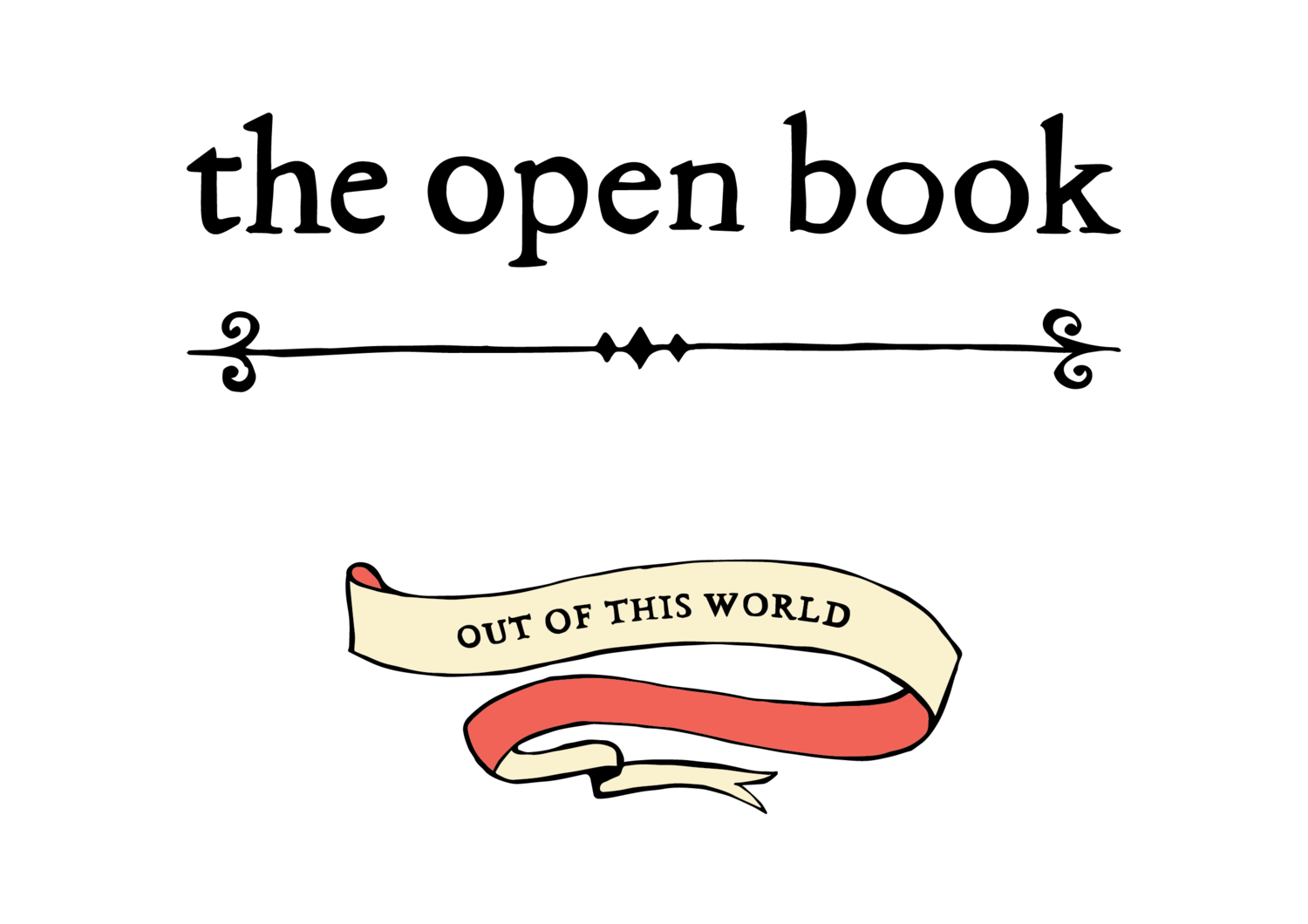We put up new signs this week and will make this website visible shortly (and this blog soon after that: hello world!). These will be some of the first customer-side signs that anything is changing, other than some physical adjustments instore. (I will talk about our systems and process changes in a later post)
a new dawn
The bookstore is now called The Open Book. Of the options we came up with (Mine, Pono, Spine, True Story, Subjunct, Subtext and Varsha was the shortlist), it was the best fit with what we want to do here.
More specifically:
It says books in the title (duh)
It suggests openness, i.e., authenticity, plain dealing, and transparency
We want to be a place that is open to the community and available for new projects and collaborations, a place where other things can happen, built on the foundation of books
We want to say practically that we are open (because we are up off the street and we get feedback that passers-by aren't sure if they can come in)
And, less obviously, it suggests technology (i.e., open source).
We started by thinking about what we wanted to do here, and how books relate to our lives and to those of our customers. We did this early, after the numbers side of things, but before anything else. We used three different approaches:
Be/say/do - This is a framework from brand genius and bookstore friend Tracey Lee. She explained it in a conversation at Spark Lab recently. The practical takeout is to think about why we exist, about what we offer, and about how we deliver those things. This picture sums it up.
Narrative - We wrote a little story of what was important to us. It was born from some ideas from the talented folks at String Theory combined with some thoughts of mine, iterated a few times back and forth, written down and read out. It reads like a toast, which gives it ceremony (and reminds me of a friend who likes such things).
Narrative extension - Building on the narrative we thought broadly about our purpose, about what the world would be like with us and without us, and some practical matters like our beliefs, behaviours, products, mission and values. You can see the results here. This does not feel like the final form for me yet, but it was useful for progress.
The virtue of doing it this way for us is that we can build everything from the narrative and any time we come across a question we are not sure on (what tone do we use in this blog? what colours do we want for the website? how will we market ourselves?) we can use our brand thinking to guide how we do it (and revise our brand thinking if that makes sense from what we learn as we go along).
Together these processes led us to a few different elements of the brand that seemed to be consistently important:
A steward of stories - No one wants to throw away books. If books can't be discarded, then we aren't in control of their destiny. We just look after them for the time that they spend with us before they go on somewhere else. So it is a book store not a book shop.
Human connection - Books are personal. It takes a while to arrange a match. Plus they are all unique. The joy of the search is part of what we offer. Curation is another part, since not everyone wants to go on 23,000 first dates.
Physical not digital - We wanted to say something about the varied, beautiful, storied reality of books, in contrast with the efficient, consistent, digital environment for reading. We are keen on technology, we just want to use it in service of the books.
A place out of the world - Physically the store is quiet and up off busy Ponsonby Road. The backyard will soon be a peaceful place to sit in the sun. We have nooks and chairs to encourage you to take your time. There are no price tags (prices are in pencil on the inside front-cover). And the books are cheap. Like mostly less than ten bucks. We have a thousand books for a dollar each.
This led us to a simple stack of things:
Practically, we are a switched-on second-hand bookstore.
Our promise is genuine human connection between you and your books, and in the way that we help with the match.
And our vision is to make a place out of this world (which is what we ended up having as our strap line).
This last piece also links with something else about openness that we like, i.e., we want to provide a platform to work with others and a connection with the community. We are just getting started on this: repurposing old books into notebooks with Lovenotes is an early example.
As for the name itself, The Open Book showed up early on in the process as a favourite, and from there we just tested all the alternatives against it. (It is also the name of a bookstore in Scotland that you can rent on AirBnB: guests get to run the store as well as sleep in an apartment above it, which seems like a cool thing to be associated with. Only for planners though; it is booked until November 2019)


